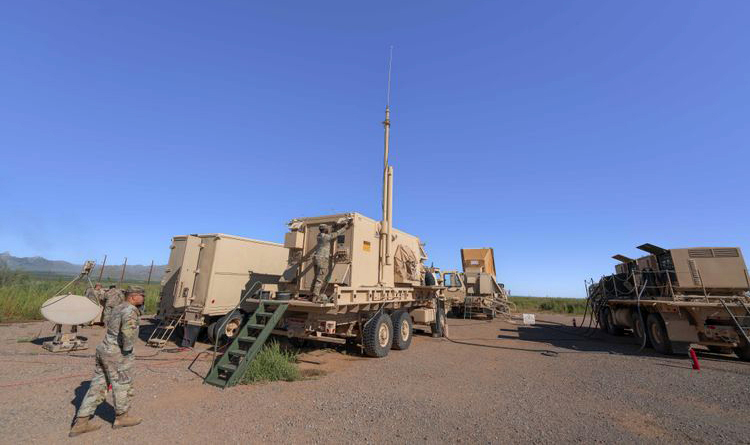INDIAN ARMED FORCES CHIEFS ON OUR RELENTLESS AND FOCUSED PUBLISHING EFFORTS

The insightful articles, inspiring narrations and analytical perspectives presented by the Editorial Team, establish an alluring connect with the reader. My compliments and best wishes to SP Guide Publications.

"Over the past 60 years, the growth of SP Guide Publications has mirrored the rising stature of Indian Navy. Its well-researched and informative magazines on Defence and Aerospace sector have served to shape an educated opinion of our military personnel, policy makers and the public alike. I wish SP's Publication team continued success, fair winds and following seas in all future endeavour!"

Since, its inception in 1964, SP Guide Publications has consistently demonstrated commitment to high-quality journalism in the aerospace and defence sectors, earning a well-deserved reputation as Asia's largest media house in this domain. I wish SP Guide Publications continued success in its pursuit of excellence.
- MoD initiates comprehensive review of Defence Acquisition Procedure 2020, pushes for defence reforms
- G7: The Swansong
- Kalinga Connect: South Asia to Polynesia
- Must Credit DRDO for Operation Sindoor, now what is next for defence R&D?
- The layered Air Defence systems that worked superbly, the key element of Operation Sindoor
- Operation Sindoor | Day 2 DGMOs Briefing
- Operation Sindoor: Resolute yet Restrained
Northrop Grumman's IBCS Approved For Full Rate Production, Readying Transformational System For Fielding Around the Globe

The United States Defense Department has approved Full Rate Production for Northrop Grumman Corporation’s Integrated Battle Command System (IBCS). The decision scales the US Army’s ability to field the paradigm-changing system, enabling sensor to decider to weapon integration. It also affirms IBCS’s role as the cornerstone of the US Army’s air and missile defense modernization strategy.
IBCS rapidly integrates all available sensors and shooters to deliver decision-quality fire control data across joint networks providing a 360-degree view, even if a sensor becomes inoperable. This capability provides increased situational awareness, more effectively manages resources, and enables integration across coalition partners.
“IBCS transforms the battlespace by fusing data from any sensor to create a single integrated air picture allowing commanders to see the battlespace and use the best weapons to defeat complex threats,” said Rebecca Torzone, vice president and general manager, combat systems and mission readiness, Northrop Grumman. “Northrop Grumman shares the US Army’s commitment to the rapid deployment of IBCS.”
The full rate production decision enables the US Army to set the fielding schedule for IBCS to operational air defense units. The system provides state-of-the-art, all domain command and control for integrated air and missile defense for US interests across the globe. Poland selected IBCS to serve as the centerpiece of the country’s air and missile defense modernization, and as it is adopted by more US allies and partners, IBCS will enable high levels of coalition forces interoperability and network integration.
This decision is the latest in a series of milestones for the program. In a paradigm-busting developmental test in November 2022, IBCS successfully intercepted a cruise missile target using a Patriot interceptor without having a Patriot radar in the system architecture. The test demonstrated the flexibility of the IBCS system architecture and its capacity to optimize the capabilities of integrated sensors and effectors onto its network. Additionally, the Agile framework used for IBCS software development yields rapid capability enhancements and addresses emerging threats.
In December 2021, Northrop Grumman was awarded a $1.4 billion production contract for Low Rate Initial Production and Full Rate Production, and in late 2022, the program completed Initial Operational Test and Evaluation. Initial operational capability for IBCS is on track for a declaration in 2023.
IBCS implements a modular, open and scalable architecture that is foundational to integrating available assets in the battlespace, regardless of source, service or domain onto a common fire control network. Its architecture enables the efficient and affordable integration of current and future systems and extends the battlespace by disaggregating sensors and effectors. By enabling this high level of network integration, the warfighter is given unprecedented time to make decisions within the kill chain. Through numerous successful development and operational tests and demonstrations, IBCS has proven its capability to connect and fuse multi-service sensor data to multi-service weapons, demonstrating Joint All Domain Command and Control (JADC2) capabilities.





